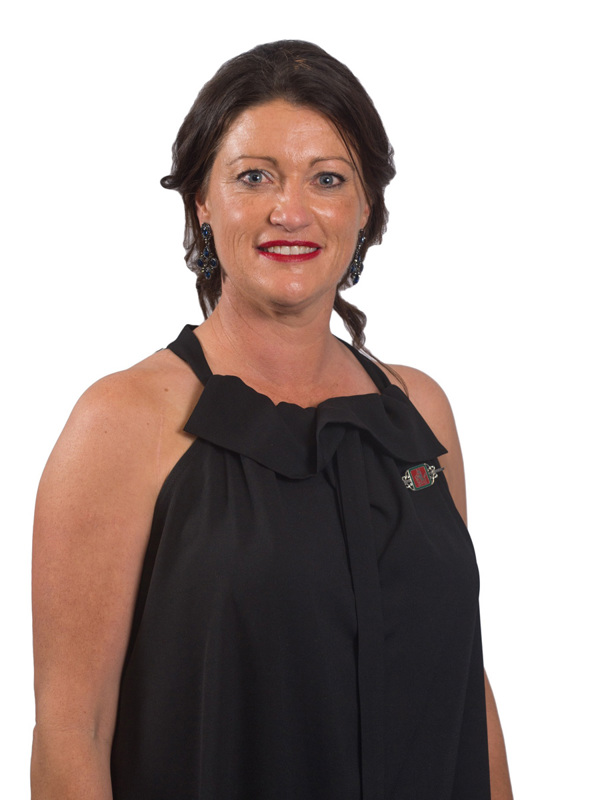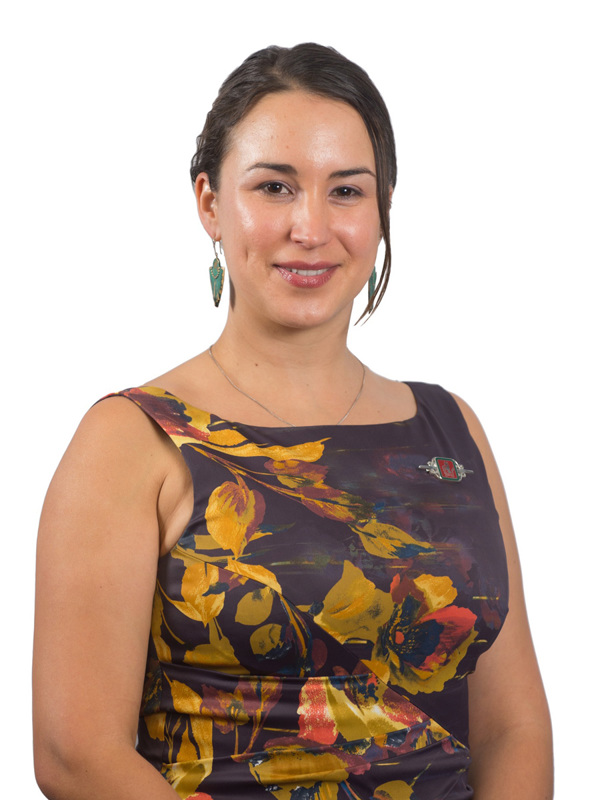
Drew Braithwaite

Nuffield Australia 2016 Scholar
Innovative approach needed for future of Australian rice industry
Spurred on by conversations with his peers at planting time, third generation Central New South Wales rice grower Drew Braithwaite had long been searching for more innovative ways to market and trade his produce. Supported by AgriFutures Australia (formerly Rural Industries Research and Development Corporation), the Griffith producer was keen to use his 2016 Nuffield Scholarship to evaluate and understand rice futures markets and their potential in Australia, and to evaluate and understand branded rice products and their consumption.
What he found, was a need to shore up supply and invest in value-added products as a way of improving returns and rewarding loyalty to the price pool system. With the development of branded products tailored to customer needs providing great opportunity to the industry, the aim of the game should be to make rice as convenient a snack as the potato chip.
In partnership with his parents, Mr Braithwaite and his wife Abby run an 1,100 hectare irrigated mixed cropping enterprise in the Riverina region including 300 hectares planted to rice annually. Eyeing alternative opportunities for the future Mr Braithwaite posed the question: “how does a producer become a price maker, to maximise profits and mitigate volatility?”
“As a rule, growers are commodity traders and are therefore at the mercy of the markets. SunRice runs a pool system where growers plant their crops not knowing what the final price for their rice will be. Indications are given, but are rarely guaranteed. In recent years, this model has come under pressure as a result of changing water policies, drought and the encroachment of other crops in Australia’s rice producing regions.”
During his 16-week travel program, Mr Braithwaite visited Japan, New Zealand, Singapore, Indonesia, Ireland, The Netherlands, France, Israel and the United States of America to explore trade, milling, distribution, sourcing and marketing options in global rice production. He studied futures markets in Chicago, Japan and China but determined that the pricing structure would not be valuable in an Australian context.
“A futures market for rice is not in the best interests of the Australian rice industry as it stands today. It has the potential to commoditise rice, and presents no value to the small and niche nature of the Australian rice industry. A single referenced price would make it harder for SunRice to extract price premiums and trade rice globally. The Australian rice industry should watch the evolution of these markets, with a brief to ensure a futures market does not erode the competitive advantage of the relationships that SunRice has fostered.”
Value-adding, on the other hand, was an activity that Mr Braithwaite found had the potential to be of great benefit to the industry. Drawing inspiration from SunFoods, a wholly-owned US subsidiary company of SunRice, Mr Braithwaite said a focus on consumer trends was central to attracting premiums.
“Recognising the Japanese custom of washing rice to remove bran left behind on the surface from the milling process, SunFoods now use a similar process, and they market the rice as the washed product Musenmai. This is a great example of a customer-focused branded product that extracts a premium over normal rice,” Mr Braithwaite said.
Mr Braithwaite also saw potential in “on-the-go” products for convenience stores and vending machines such as the Chia Pod, and dessert products like those produced by British company Naughty But Rice and the New York retail store Rice To Riches.
“It’s clear we need to continue developing value-added branded products for existing and new markets with a clear focus on the customer, to move away from commodity market pricing, drive value chain efficiencies and reward loyalty to even out production,” Mr Braithwaite said.
Looking ahead Mr Braithwaite concluded that the key to a secure, relevant future for the Australian rice industry lay in developing clear, industry-wide objectives to provide strong direction for growers, shareholders, employees and communities.





















